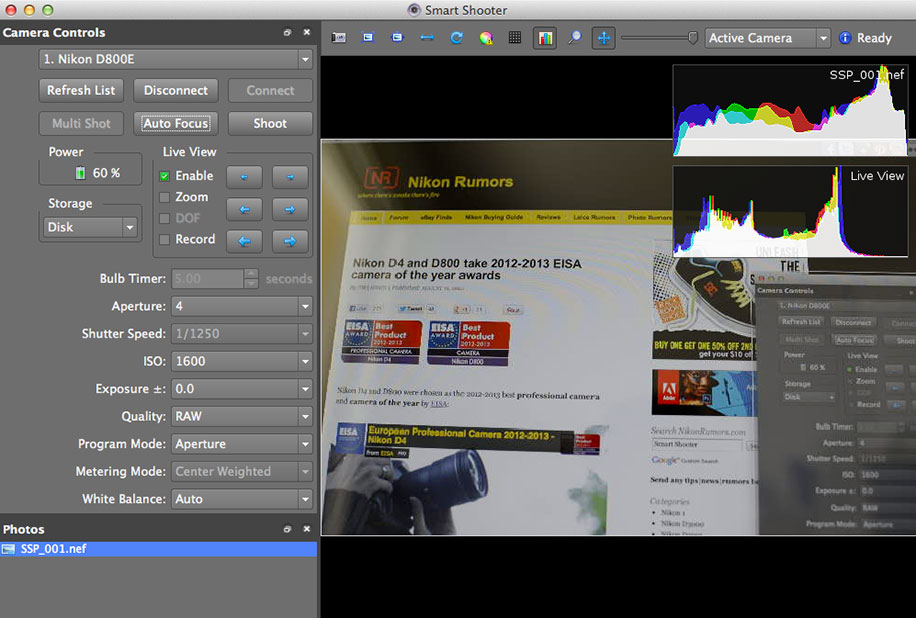

Select a template from the list, choose Save, and then choose OK.

To enter a new name, type an email address in the check names box and then select check names > OK.To select an existing name, select it from the list and then click OK.Select an existing name from the contact list or type a new email address in the check names box.In Apply this rule if, select the recipient is.For example, to encrypt messages going to : In Apply this rule if select a condition, and enter a value if necessary.In Name, type a name for the rule, such as Encrypt mail for.In the EAC, go to Mail flow > Rules and select New > Create a new rule.In the Office 365 admin center, choose Admin centers > Exchange.In a web browser, sign in to Office 365.To set up OME rules for your enterprise, the IT admin needs to: If a user sends a message that matches the encryption rule, encryption is applied automatically. Messages that meet specific conditions will then be encrypted.Īdmins can set up transport rules that determine when encryption is used based on the content of the message. OME is a rules-based security tool where Microsoft manages and stores the encryption keys. OME secures messages with these encryption keys once they arrive to the OME server. Microsoft also provides Office Message Encryption (OME) for encrypting email in Outlook. The Outlook on Office 365 Message Encryption (OME) At each of these unencrypted points, the email is vulnerable to attack. Additionally, the email might not be encrypted as it travels to the recipient’s email server and their client. If an enterprise is solely relying on TLS, messages are not encrypted on the client nor on the email server but rather only in transit. If the enterprise is relying on TLS then its email remains vulnerable. If the recipient’s server does not require TLS then the message will remain as an unencrypted email. Additionally, TLS does nothing to ensure encryption from the sender’s email server to the recipient’s email server. While the transport layer is encrypted, the message itself remains in plain text. The goal of TLS is to prevent an eavesdropper from snooping on messages or using a sniffer to intercept messages.Ī significant problem with TLS though is that it does nothing to encrypt the text of the message itself. By default, O365 ensures TLS for messages by ensuring messages go through an encrypted layer from the user’s inbox to the email server.

Today, NIST standards recommend the use of Transport Layer Security (TLS) to protect messages in transit to and from the email server. TLS – The Standard Outlook on Protecting Data Going from least secure to most, we will look at: This blog will look at the security challenges inherent in O365’s encrypted email options. While the platform provides numerous security options, these options are unable to meet today’s overwhelming security challenges. Unfortunately, the reality is that Microsoft’s email encryption standard has serious deficiencies that leave messages unsecured and vulnerable to attack. Today, many in the enterprise see O365’s email encryption for Outlook as the best-in-class security for messaging.


 0 kommentar(er)
0 kommentar(er)
